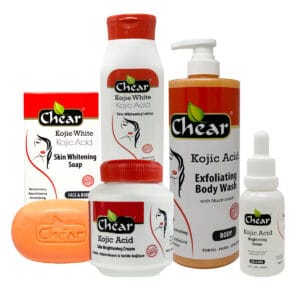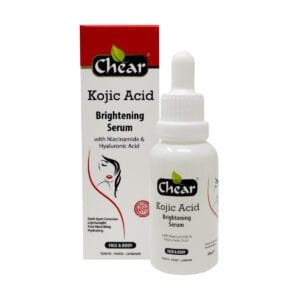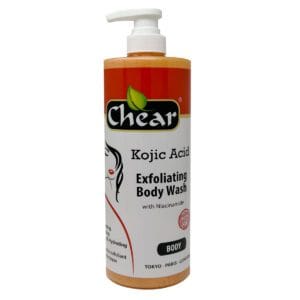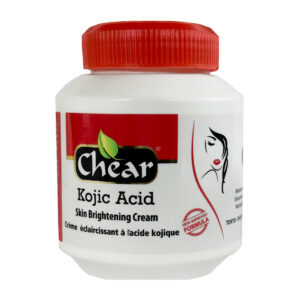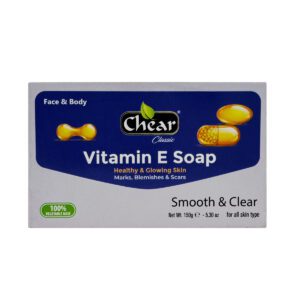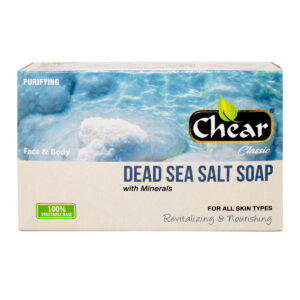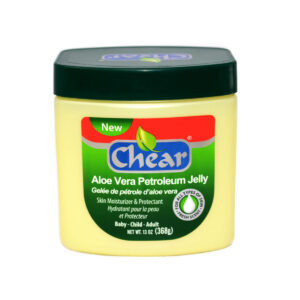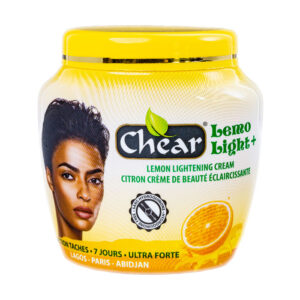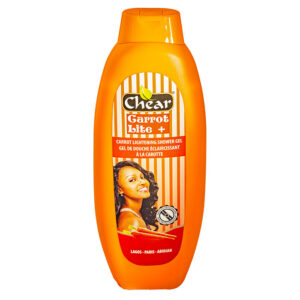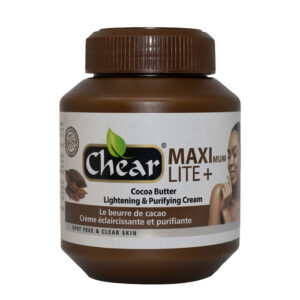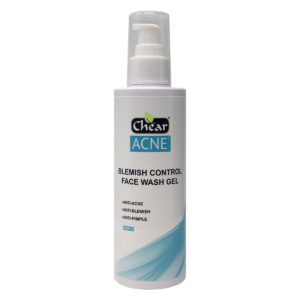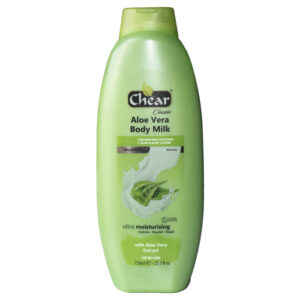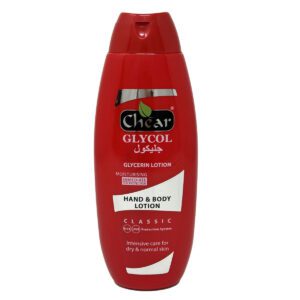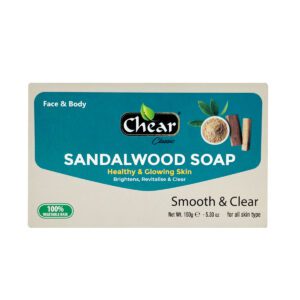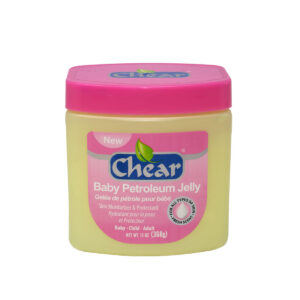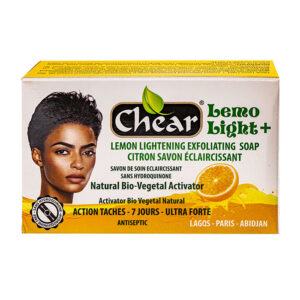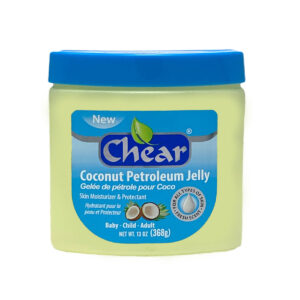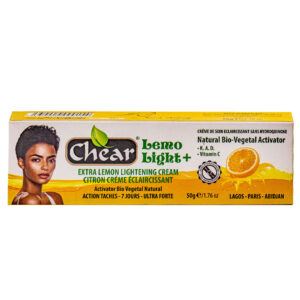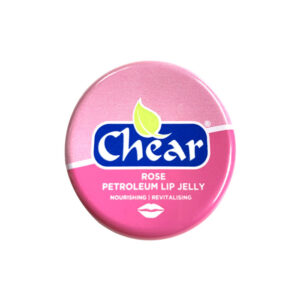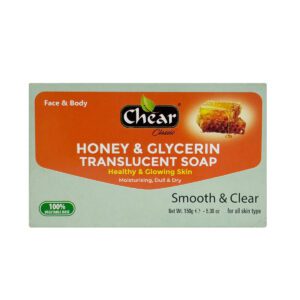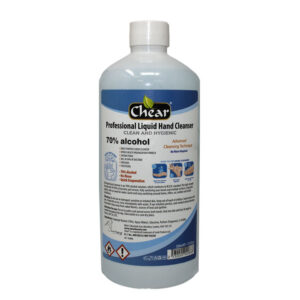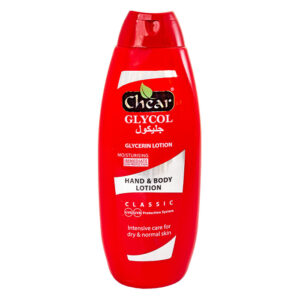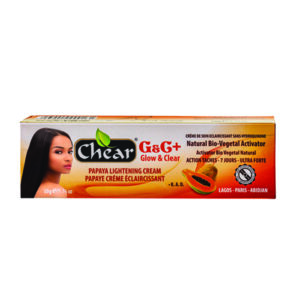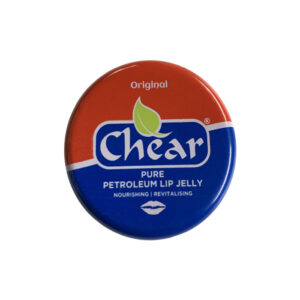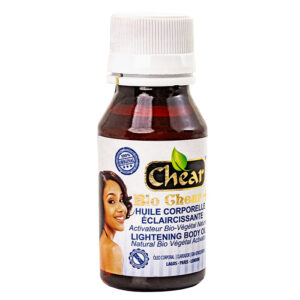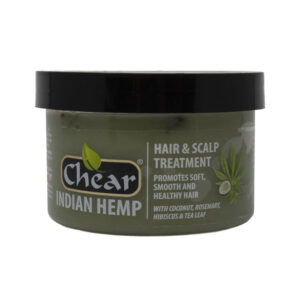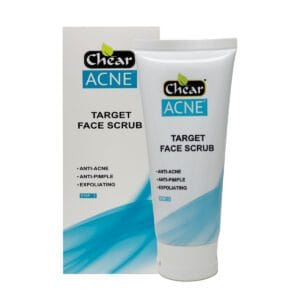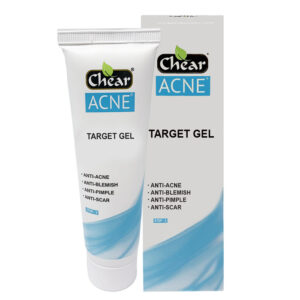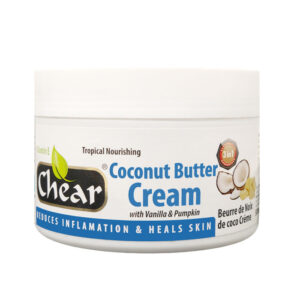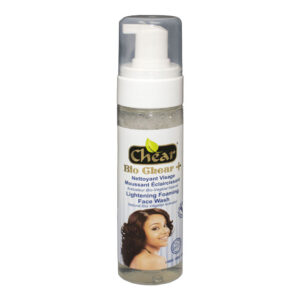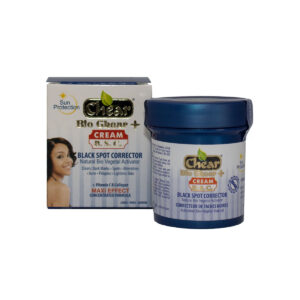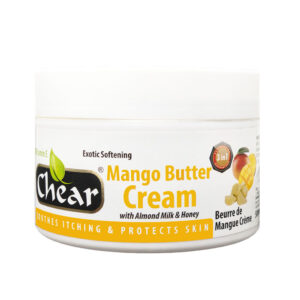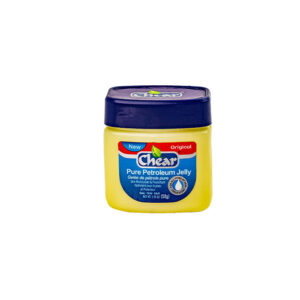- Home
- Beauty Tips
- Why Does the Skin Darken Before Brightening? The Science Behind Skin Lightening
Why Does Skin Darken Before Brightening?
If you’ve just started using a brightening or skin-lightening product and noticed your skin looking darker instead of lighter, don’t panic! This is a common reaction, and it doesn’t mean the product isn’t working. Skin darkening at the beginning of a brightening routine is a natural process.
Understanding why this happens can help you set realistic expectations and achieve your desired glowing, even-toned complexion. In this guide, we’ll explain why your skin may temporarily darken before lightening and how kojic acid skincare can help you achieve long-term results.
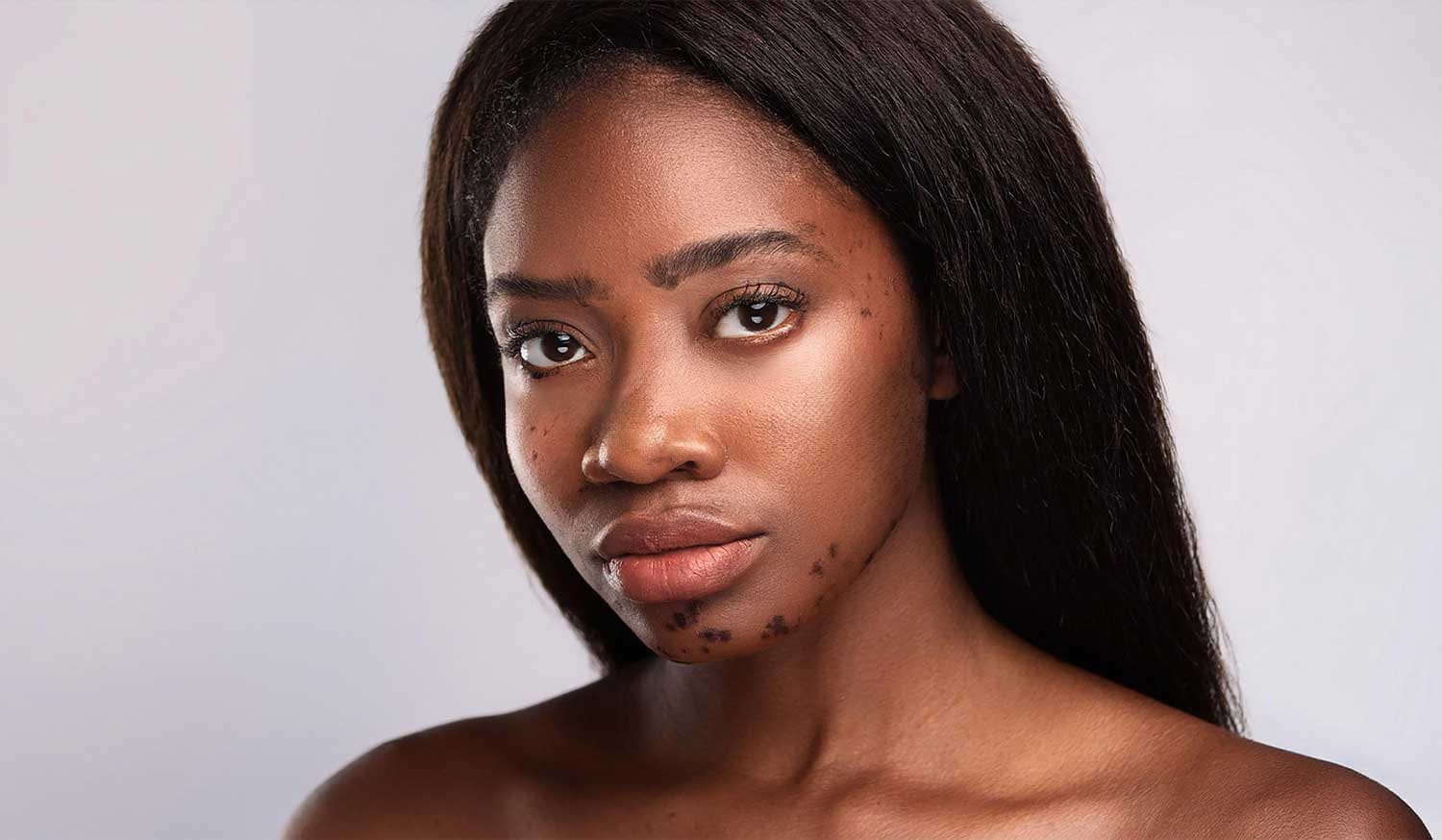
Why Does Skin Darken at First?
You might expect immediate results when introducing brightening products into your skincare routine. However, the opposite often happens, and your skin may look darker before getting lighter. This is known as the initial purging phase, and here’s why it happens:
The Exfoliation Process
Many brightening products, including those with kojic acid, work by exfoliating the outer layer of the skin. This helps remove dead skin cells and allows fresh, new skin to appear. However, hyperpigmented areas may appear more pronounced during the exfoliation process as the old, damaged skin sheds away.
Increased Cell Turnover
Brightening ingredients like kojic acid, vitamin C, and AHAs increase cell turnover. This means your skin pushes out older, pigmented cells for newer, lighter skin. While beneficial, it can temporarily expose more profound layers of hyperpigmented skin before they eventually fade.
Skin Sensitivity and Temporary Irritation
Introducing potent active ingredients can cause mild irritation if your skin is sensitive. This irritation can lead to inflammation, triggering melanin production and making the skin appear darker. However, this is temporary and should subside as your skin adjusts to the product.
Sun Exposure & Melanin Activation
Skin brightening treatments can make your skin more photosensitive. If you’re not wearing sunscreen daily, your skin may produce more melanin, leading to temporary darkening. This is why applying a broad-spectrum SPF is crucial when using brightening products.
How Long Does the Darkening Phase Last?
The skin darkening before the lightening phase varies from person to person. Here’s a general timeline:
- First 1-4 weeks: Skin may appear darker as it sheds old cells and begins exfoliation.
- Weeks 4-10: Dark patches fade as newer, lighter skin emerges.
- After 10 weeks: Noticeable improvement in overall brightness and even skin tone.
Tip: If your skin remains darker for over ten weeks, consult a dermatologist to rule out irritation or product incompatibility.
How to Prevent Excessive Skin Darkening
While some darkening is normal, you can take steps to minimise it and speed up the brightening process.
Choose the Right Brightening Ingredients
For best results, use skincare products with proven brightening ingredients, such as:
✅ Kojic Acid – Reduces melanin production and fades dark spots.
✅ Vitamin C – Brightens skin and protects against free radicals.
✅ Niacinamide – Reduces inflammation and prevents melanin transfer.
✅ Alpha Arbutin – Helps even out skin tone.
Kojic Acid Face & Body Skin lightening kit (5 Items)
Kojic Acid Exfoliating Cleansing Body Wash For Brightening Skin 1000ml
Always Wear Sunscreen
Using brightening products without sunscreen can worsen hyperpigmentation. Apply an SPF 30 or higher every morning to protect your skin from UV rays.
Stay Hydrated & Moisturize
Dehydrated skin can become dry and flaky, making hyperpigmentation appear worse. Use a hydrating moisturiser with hyaluronic acid or ceramides to maintain a healthy skin barrier.
Avoid Harsh Exfoliation
Over-exfoliating can lead to irritation and post-inflammatory hyperpigmentation. If using kojic acid, limit exfoliation to 2-3 times per week to prevent excessive skin sensitivity.
Be Patient & Stay Consistent
Skin brightening is a gradual process. Results take time, so remain consistent with your routine and avoid frequently switching products.
Common Myths About Skin Lightening
❌ Myth 1: Darkening means the product isn’t working.
✅ Truth: The darkening phase is temporary and part of the skin renewal.
❌ Myth 2: Skin lightening products bleach the skin.
✅ Truth: Quality brightening products like kojic acid skincare work by reducing melanin production without damaging the skin.
❌ Myth 3: More product means faster results.
✅ Truth: Overuse can lead to irritation. Follow instructions and use the recommended amount.
FAQ: Skin Darkening & Brightening Products
Q1: Will my skin always darken before lightening?
Not necessarily. Some people experience darkening, while others see immediate brightening. It depends on skin type, the level of hyperpigmentation, and how your skin reacts to the ingredients.
Q2: How do I know if my skin is purging or reacting badly?
- Purging: Temporary breakouts or darkening that improves after a few weeks.
- Irritation: Redness, itching, or prolonged dark patches. If irritation occurs, stop using the product and consult a dermatologist.
Q3: Can I use kojic acid every day?
Yes, but if you have sensitive skin, start with every other day and gradually increase usage. Always follow with sunscreen in the morning. Note; you may feel tingling in your skin with Kojic Acid this is often temporary, and usually fades once the skin has built up its tolerance.
Q4: Can I combine kojic acid with other brightening ingredients?
Yes! Kojic acid pairs well with vitamin C, niacinamide, and alpha arbutin for enhanced results. However, if you have sensitive skin, avoid mixing it with strong exfoliants like retinol or AHAs.
Trust the Process
Experiencing skin darkening before lightening is expected when using kojic acid skincare or other brightening treatments. It’s simply your skin’s way of renewing itself. You’ll soon enjoy a radiant, even-toned complexion with patience, consistency, and the proper routine.
Looking for effective brightening solutions? Explore our Kojic Acid Skincare Lightening Collection, which features high-quality products to fade dark spots and enhance your glow!

Chear Beauty @ Sonik Products Ltd | Company No: 3184821
Chear Beauty @ Sonik Products Ltd, Block C, Woodside End, Wembley Alperton, Middlesex HA0 1UR
